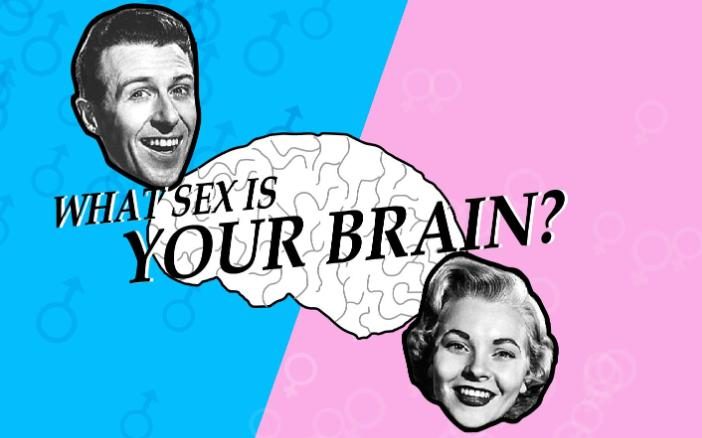
“Don’t talk to strangers!” I was always cautioned as a child. Which, to be fair, most youngsters are told. But I was terrible. I’d chat up anyone. Whether they were snorting drugs on the street, or trying to read the newspaper, no one was immune to my four-year-old banter.
“It’s dangerous,” said my teacher eventually. I’d asked a hairy man on Goswell Road how his day was going (fine, incidentally), putting the safety of Rainbow Class at risk. ‘Stranger danger’ was always the excuse for why we didn’t talk to big, bad people out in public. And throughout childhood, I thought this explained all of society – and why no one chatted.
But then I grew old, and wise (sort of), and realised that I was being indoctrinated with a terrible social etiquette rife in this country – where talking is perceived as a sort of sneeze, that could harm others. This problem is perhaps the worst in London, where the prevalence of Tinder, Bumble and other dating or friend applications say it all about our ability to interact with others.
Luckily, some sociable soul has distributed a badge on the underground today, similar to the “Baby on Board” one, that simply reads: “Tube chat?” Meaning that anyone who fancies a discussion on their commute can now let it be known. I can’t wait to pick up my own “Tube chat?” badge, so that I might find a northern line companion who shares a love for hula hoops, dogs and – who even knows – Riverdance.
I thought everyone would be equally excited, but the internet is awash with killjoys scoffing at the badge and calling it a “weirdo magnet”. But maybe that’s because they know deep down that they are the true weirdos, or that the current situation is quite weird – that friendliness levels have come to such a standstill in our society.
Whether it’s the cold winter weather, or laziness fuelled by technology, everyone’s gone quiet on each other. Shyness is epidemic, so much so that it has become destructive. In January this year, the BBC streamed a documentary on loneliness, which hit home what a huge impact non-communication has. Statistics for single people in London seem to rise all the time. The truth is: they could start falling if we learnt how to start simple conversations.
That’s what they seem to do in the countryside, at least, where I feel like Amal Clooney when I go home to visit my parents. Everyone wants to know how me and my grey hairy friend are doing. Sidney the border terrier, that is.
Of course for many, this sort of lifestyle doesn’t appeal. “It’s too quiet; there aren’t enough people!” Some say of the countryside. But in the capital, there is such little engagement, it’s as if you’re alone anyway.
So I’m not sniffy about the new badge. It’s actually quite a constructive invention, that acknowledges that there is a real need for more sociability in our society. Strangers can be dangerous, but as a general rule – it’s more dangerous never to speak to one.

